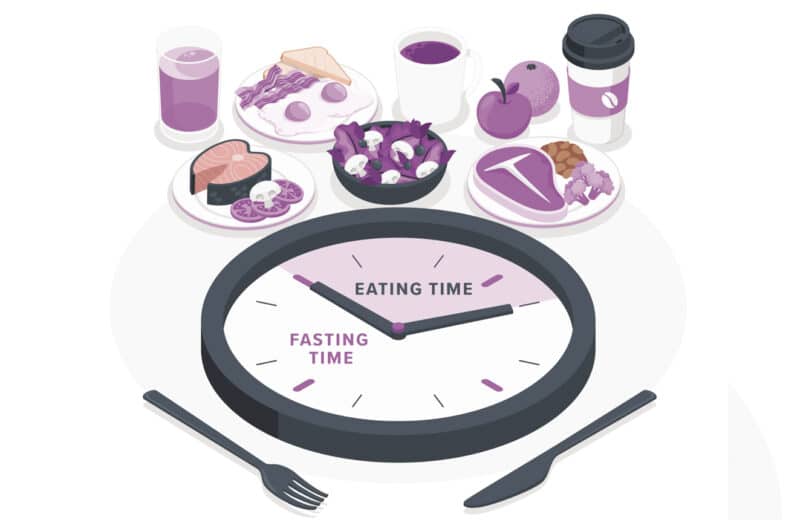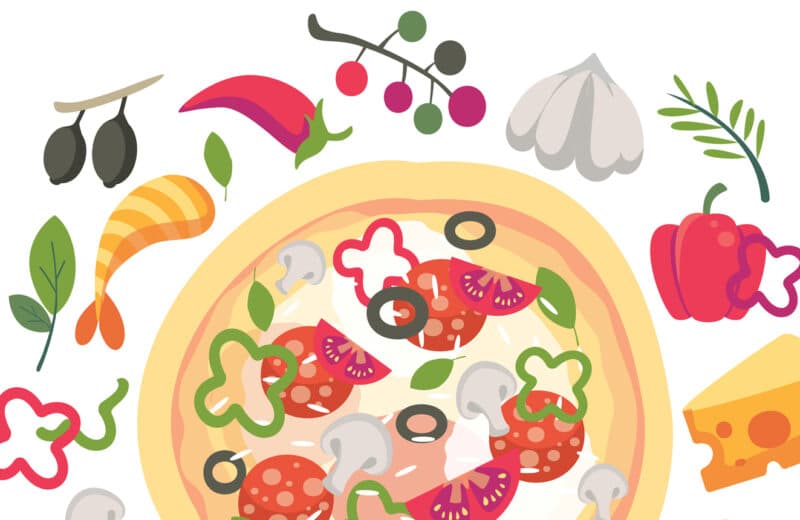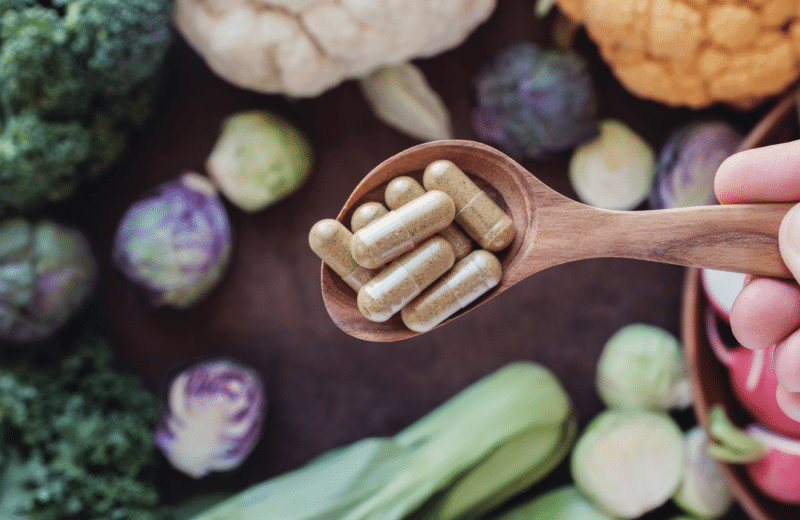Q: Where did the recommendation that we need five servings of fruits and vegetables come from?
A: According to one source I found, the five-a-day slogan was conceived by a number of food companies and endorsed by the U.S. National Cancer Institute back in 1991. Over the next couple decades, public health agencies around the world continued to promote the message.
Eating at least five servings of fruits and vegetables got another boost in 2014. The BMJ journal published a careful review of 16 studies involving more than 833,000 people. The researchers found that those who consumed five servings of fruits and vegetables a day lowered their risk of dying from heart disease by 20% compared with those who consumed fewer servings.
The researchers also looked at whether more is better. In this analysis, they could not determine if more than five servings a day offered additional health benefits. While there is general agreement that five servings of fruits and vegetables is the minimum, many experts say that we should aim higher, perhaps 10 servings per day.
A diet that includes sufficient amounts of fruits and vegetables is associated with preventing many age-related diseases, such as heart disease, stroke and cancer, according to the World Health Organization.
Fruits and vegetables contain high amounts of antioxidants and polyphenols, such as vitamin C, carotenoids and flavonoids, as well as high levels of fiber, all of which have been shown to help with lowering cholesterol, reducing blood pressure and managing weight. Their antioxidants may also help with cancer prevention by stopping free radicals from damaging the body’s genetic material, according to research from the National Cancer Institute.
Not sure what a serving means? In general, a serving of whole fruit equals the entire fruit, while a serving of cut-up fruit is one cup, or about the size of a small fist, according to the American Heart Association. A serving of vegetables (fresh, frozen or canned) is a cup, and a serving of raw green leafy vegetables is two cups.
If you struggle to get to the five-a-day goal, stick with your favorites at first. Next go for leafy green vegetables, citrus fruits and berries. Their different colors signify different nutrient profiles.
Finally, always focus on food quality. This means eating fresh or frozen fruits and vegetables, or low-sodium canned vegetables and fruit canned in its own juice.












